Backyard Engineering
Have you noticed the changes in designs for garden tools? Improvements in design and engineering aren’t only for clothes, computers and hybrid cars. The past decade has brought an avalanche of improvements for common household garden tools affecting ergonomics, comfort, weight, strength, usability and efficiency.
Ergonomics
The word itself is derived from the Greek word ergon, meaning work. More specifically, ergonomics is the study of the interaction between human beings and the tools, environments and tasks of work and everyday living. In recent years, ergonomics has evolved as a science.
Through empirical testing and an increasing understanding of anatomy and the mechanics of the human body, ergonomists strive to create products designed to better match the capabilities, limitations and needs of the people who use them. The result is a safer product that causes less fatigue and stress on the body. This translates into increased comfort and greater acceptance by its users.
Gardening activities contain many of the risk factors associated with cumulative trauma disorders (CTD). This term comprises a variety of disorders, such as carpal tunnel syndrome and tendonitis, which develop over time as a result of repeated microtraumas to the soft tissues of the body.
The development of CTDs is dependent on many factors. Using tools that are designed with ergonomic principles can go a long way toward reducing the likelihood of injury. Many lawn and garden tools are currently designed to reduce the fatigue and effort of everyday gardening activities.
While the chances of developing a medically diagnosed CTD from gardening alone are probably slim, ignoring the risk factors increases the likelihood of experiencing fatigue and soreness in the muscles and joints after a day outside.
Repetition. Many lawn and garden chores are repetitive by nature. Trimming hedges, pruning bushes and planting bulbs often require using the same muscles over and over again.
Postures. This refers not only to your whole body position but also to such things as the angle of your wrist while using a hand pruner. Grip strength is at its maximum when the wrist is in a relaxed or neutral position. Testing has shown that people lose up to 25 percent of their grip strength when their wrists are bent.
Contact stresses. Many tools are made with finger grips molded into the handle for better slip resistance. However, these “form-fitting” grooves fit only one size perfectly. People with larger hands will find that their fingers overlap the ridges, causing pain, soreness and calluses. Those with smaller hands will have to spread their fingers to match the grooves. Strength testing has shown that this spreading of the fingers significantly reduces grip strength, thus requiring more pressure to maintain control of the tool.
Forceful exertions. Pruning activities require the application of force by the hands and/or arms on the tools that do the cutting. In general, the higher the percentage of an individual’s strength that is required to perform a given task, the greater the risk of experiencing fatigue and soreness in the muscles and joints.
Comfort. New designs offer foam-padded handles; large grip areas for all hand sizes and engineered handles that nurture proper hand placement; range-of-motion; and safety. Ergonomically designed garden tools prevent fatigue and injury, and reduce the possibilities of CTD. New hand grips, comfortable designs, increased focus on proper usage and tools that reduce forceful exertions make garden tools more ergonomic than ever before.
Efficiency
Gears and levers have been used for centuries to amplify and transfer power. Many new garden tools feature gear or lever designs that provide the user with an additional mechanical advantage and reduce stress and fatigue. Mechanical advantage created by gears or levers enables people to do work while using less force.
A traditional pruner opens around a single pivot point and the motion of the index and middle fingers is short, which causes strain on the arm and wrist muscles. Likewise, a traditional (single-pivot) lopper puts excessive stress on the forearms and shoulders.
Engineered-gear products amplify the cutting force beyond that of just one or two pivot points. The gear mechanism reduces cutting effort and provides excellent leverage throughout the cutting process. Lever products use a different type of mechanical advantage, through an extension of levers, to transfer power from the user to the blade.
Both systems aim to provide additional power through the center of the cut, where friction resistance is greatest reducing cutting effort, strain and fatigue. Ergonomic testing has proven that leveraging mechanical advantage in tools requires nearly 50 percent less muscle effort than other similar garden tools.
Materials
Materials are important. Modern materials such as resin, fiberglass and other composites make cutting tools lighter, more balanced, and easier and more comfortable to grip. New materials also offer nearly indestructible characteristics, unlike wood- and metal-designed tools.
The best post-hole diggers, shovels and garden rakes are still made of hard metals, which aid in stability, strength and durability. The added weight improves your ability to dig deeper and more easily into hard or dense soils.

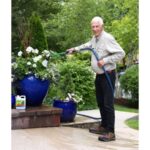





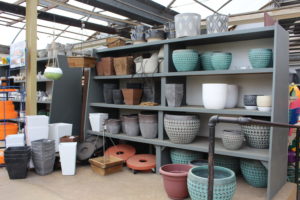


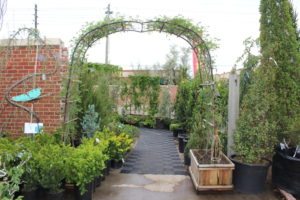
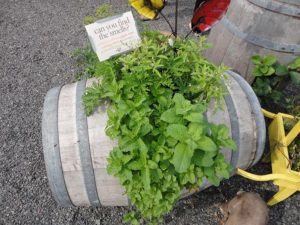


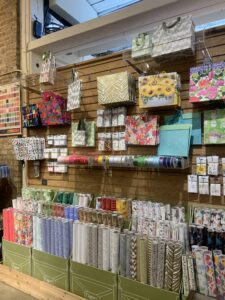



 Videos
Videos





